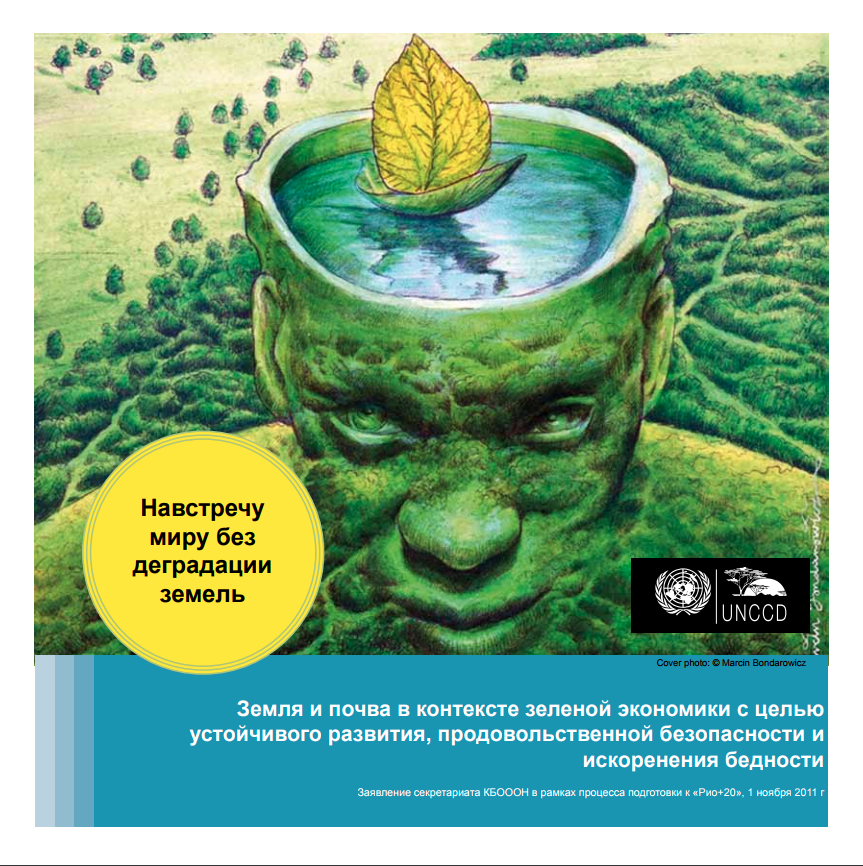Resource information
Land is defined as a system engaged in generating biological productivity. It is the earth’s infrastructure for life. The rate and quality of production generated from the land depends on its major components, soil and its fertility. Soil organic matter, derived from the vegetation supported by a particular soil, is the major component that controls soil fertility.
Land and soil not only support direct users but also indirect users, i.e. the consumers of land productivity, the entire human population derives benefits generated by soil such as vegetation cover, atmospheric oxygen, climate regulation and water filtration provisions. Soil functions and services acquire the status of a global common whose protection benefits all. It requires partnership and cooperation at the global scale to prevent land and soil degradation.
The degradation of land is a major threat to life on earth, including for humans. When occurring in drylands, where productivity is constrained by water, land degradation is termed desertification. Land degradation results from various factors including human activities and climatic variation induced disasters such as drought and floods. It is expressed by a persistent reduction of biological productivity, driven by overexploitation of land resources by users striving to increase economic productivity, which results in fertility loss and soil depletion.
Drivers of change such as population growth, increased consumption and inequity generate excessive demands on land productivity. This in turn leads to land degradation, whose repercussions, both biophysical and socio-economic, travel far. Repercussions can be local, transboundary and are often felt globally, impacting global climate and food security, causing significant health problems and fuelling political instability


